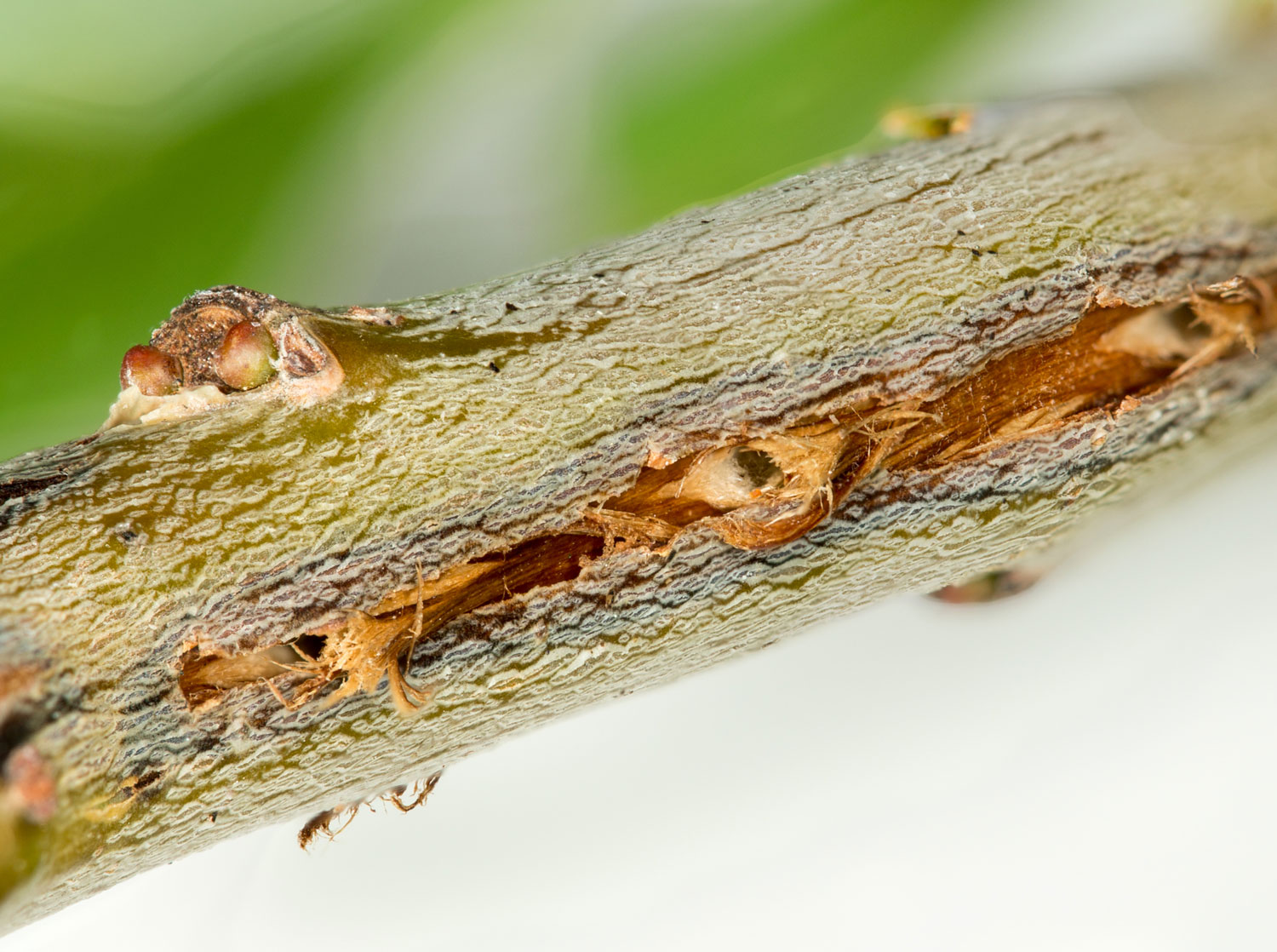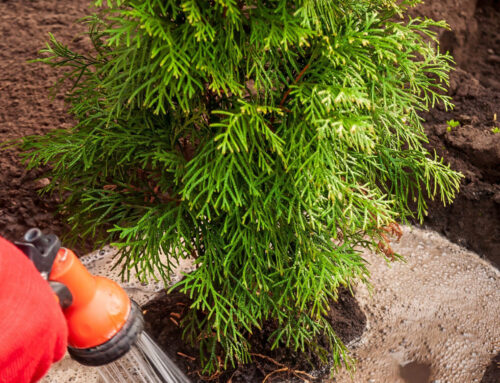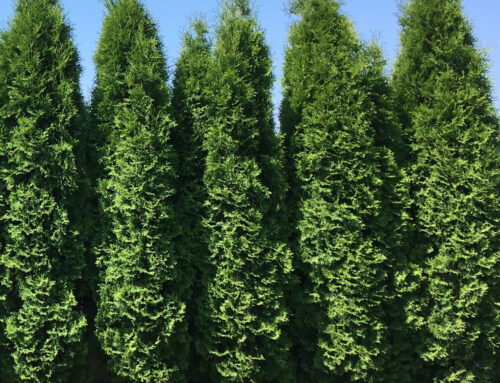Do your trees look like this? The culprit is cicadas!
If you see that the ends of your tree branches are turning brown and dying, and you also notice scratch marks on the affected branches, you can be certain that the cause is egg-laying cicadas.
Here is some background information provided by Penn State College of agricultural sciences…
Description and life cycle
“Beginning about the third week in May, in areas where cicada are due to emerge and continuing into June, mature nymphs (young) dig themselves out of the ground in great numbers, crawl to the nearest tree trunk, shrub, or other vertical surface, and climb several inches up. The nymph’s skin then splits down the back, and the winged, sexually mature adult emerges. The adult is about 1.5 inches long, mostly black, with red eyes and other reddish markings. The wings are large and clear except for orange-red veins. Males are capable of producing an ear-splitting, high-pitched whine. Females, which produce no sound, are attracted to the males to mate.
A week to 10 days after the males begin “singing,” the females begin to lay eggs. Each female lays up to 400 eggs in 40 to 50 pockets in the wood of several small branches of many types of trees. More than 75 species of trees are known to be attacked. The type of branch preferred by the females is about the width of a pencil up to ½ inch in diameter or a little larger. To lay eggs, a female slices into the wood of the branch with her egg-laying apparatus and places the egg into the wood. She usually lays one to several dozen eggs in a single branch before moving to another branch or tree. This egg-laying activity lasts approximately 30 days, and about 6 to 7 weeks later the eggs hatch into tiny white nymphs. The nymphs fall to the ground and burrow into the soil to feed on grass roots and, eventually, tree roots for the next 17 years.”
What to do?
Unfortunately once a branch has begun to die from the cicada egg laying damage there is nothing that can be done to bring back that branch. It will eventually fall off on its own, but we suggest cutting off the brown branches to speed up the recovery process of the tree.
If you are concerned about additional damage being done by cicadas that are still in the egg laying stage than you can take preventative measures and wrap your smaller trees in specialty netting. However, it is most likely that by now the eggs have been laid and the branches have already been damaged. The most you can do at this time is to remove the dead branches and nurse your tree back to health.
Take heart in the fact that the next round of periodical cicadas will be 17 years from now!
If you have any questions about how cicadas are affecting your trees, visit us in person and speak with one of our talented nursery specialists who are happy to help!




